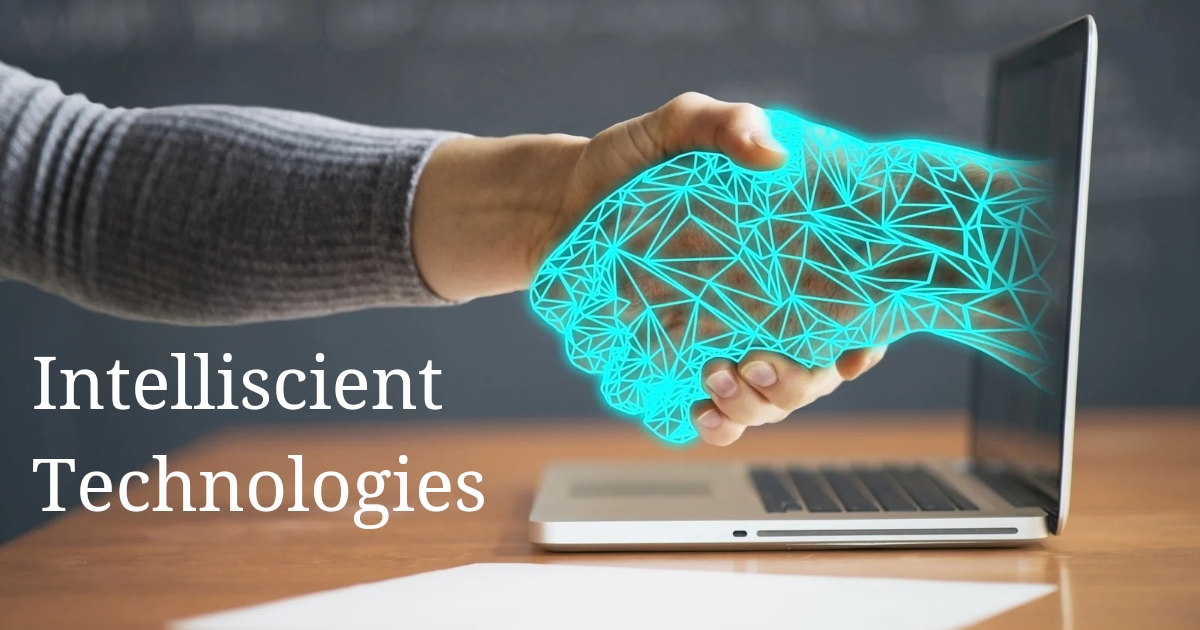What Are Intelliscient Technologies?
Intelliscient Technologies represent a fusion of smart systems and medical strategies aimed toward growing superior solutions for numerous industries. This generation amalgamation consists of artificial intelligence (AI), device studying (ML), facts analytics, and automation. These additives work together to offer innovative answers which could notably enhance enterprise operations and decision-making processes.
Key Components of Intelliscient Technologies
Artificial Intelligence (AI):
AI is designed to imitate human intelligence, appearing tasks inclusive of studying, hassle-solving, and selection-making. Examples consist of chatbots for customer service and advice engines for e-trade.
Machine Learning (ML):
A subset of AI, ML involves developing algorithms that permit computer systems to examine from data and improve over the years with out being explicitly programmed. It’s used in predictive analytics and personalised advertising.
Data Analytics:
This includes examining big datasets to discover hidden styles, correlations, and insights that could tell enterprise strategies. It’s essential for making information-driven selections.
Importance in Modern Business:
In today’s fast-paced business environment, adopting Intelliscient Technologies is essential for staying competitive. These technologies streamline operations, provide actionable insights, and drive innovation, ultimately leading to improved efficiency and profitability.
Implementing Intelliscient Technologies
Steps to Integration
1. Assess Your Needs:
Begin by identifying the specific areas of your business that would benefit most from Intelliscient Technologies. This could be anything from customer service to supply chain management.
2. Choose the Right Tools:
Select the technologies that align with your business objectives. Consider factors like scalability, compatibility with existing systems, and ease of use.
3. Develop a Strategy:
Create a detailed implementation plan. This should include timelines, resource allocation, and metrics for measuring success. Engage stakeholders and ensure everyone is on the same page.
Common Challenges
1. Cost:
The initial investment in Intelliscient Technologies can be substantial. However, it’s important to view this as a long-term investment that will yield significant returns.
2. Skill Gap:
Your team may require new skills to manage these technologies effectively. Consider investing in training or hiring experts to bridge this gap.
3. Data Security:
With the increased use of data, ensuring its security becomes paramount. Implement strong cybersecurity measures to protect sensitive information.
Best Practices
1. Start Small:
Begin with a pilot project to test the feasibility and impact of the technology before scaling up.
2. Continuous Learning:
Stay updated with the latest developments in Intelliscient Technologies to leverage new opportunities.
3. Measure and Adjust:
Regularly evaluate the performance of the implemented technologies and make necessary adjustments to optimize outcomes.
Enhancing Business Operations
Streamlining Processes
Intelliscient Technologies can automate repetitive duties, liberating up personnel to focus on extra strategic sports. For example, AI can take care of patron inquiries thru chatbots, and ML can automate inventory management.
Improving Decision-Making
Data analytics and ML algorithms offer deep insights into business operations, market tendencies, and consumer behavior. This permits managers to make knowledgeable selections based on facts rather than instinct, main to better consequences.
Boosting Productivity
AI and ML can pick out inefficiencies in workflows and endorse improvements. Predictive analytics can forecast call for, assisting in efficient inventory control and lowering waste. Overall, these technology help boom productiveness and power increase.
Case Studies of Successful Implementation
Company A: Retail Sector
1. Challenge:
Company A had difficulty managing inventory across multiple stores.
2. Solution:
They implemented an AI-powered inventory management system that used predictive analytics to optimize stock levels.
3. Outcome:
This led to a significant reduction in both overstock and stockouts, increasing sales and customer satisfaction.
Company B: Healthcare Industry
1. Challenge:
Company B needed to enhance patient care and operational efficiency.
2. Solution:
They adopted ML algorithms to analyze patient data and predict health outcomes.
3. Outcome:
This improved patient care, reduced hospital readmission rates, and streamlined operations.
Company C: Financial Services
1. Challenge:
Company C faced challenges with fraud detection and risk management.
2. Solution:
They deployed AI systems to detect fraudulent activities in real-time and assess credit risks.
3. Outcome:
This resulted in better fraud detection rates and reduced financial losses.
Also read: How WDROYO Technology is Revolutionizing Data Storage and Security.
Future Trends in Intelliscient Technologies
AI and ML Advancements
AI and ML technology are expected to grow to be even more state-of-the-art, enabling greater automation and accuracy in diverse tasks. Areas like natural language processing (NLP) and computer imaginative and prescient are set to see massive advancements, beginning new opportunities for corporations.
Integration with IoT
The integration of Intelliscient Technologies with the Internet of Things (IoT) will provide even greater facts, improving the talents of AI and ML structures. This will cause more precise analytics and smarter choice-making.
Ethical and Regulatory Considerations
As those technology grow to be more considerable, groups must stay informed about moral and regulatory considerations. This includes problems related to statistics privateness, security, and the moral use of AI.
Personalization and Customer Experience
AI-driven personalization will revolutionize consumer stories. Businesses could be able to provide extraordinarily customized marketing campaigns and product pointers, leading to increased patron pride and loyalty.
Sustainability and Green Tech
Intelliscient Technologies will play a critical function in sustainability efforts. AI and records analytics can optimize resource utilization, reduce waste, and help eco-friendly initiatives, contributing to a greener planet.
Conclusion
Intelliscient Technologies provide sizeable potential to convert enterprise operations, enhance decision-making, and power growth. By information the key additives, enforcing the right strategies, and staying abreast of future trends, agencies can unencumber large cost. Embracing these technology is important for staying competitive, revolutionary, and prepared for the future.

